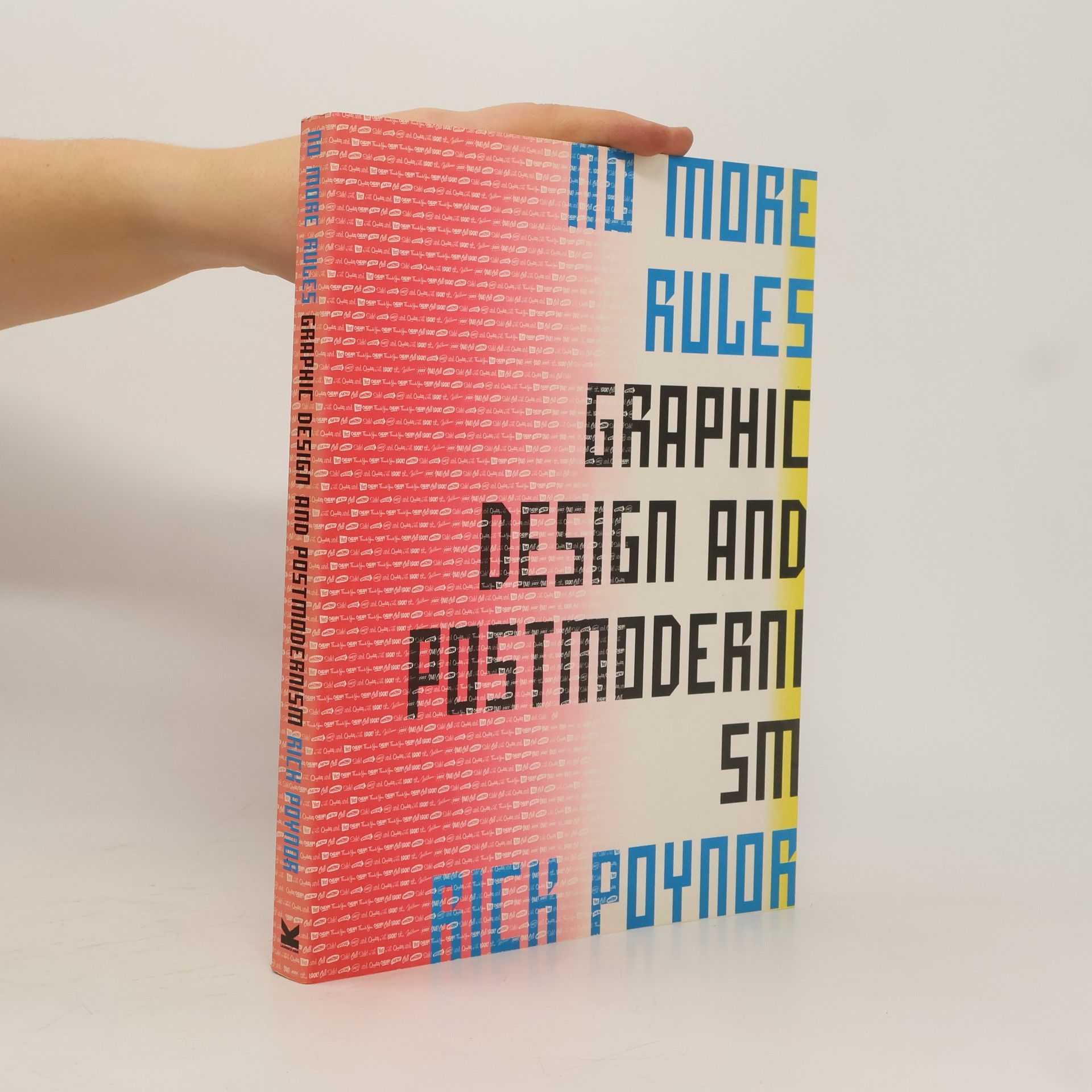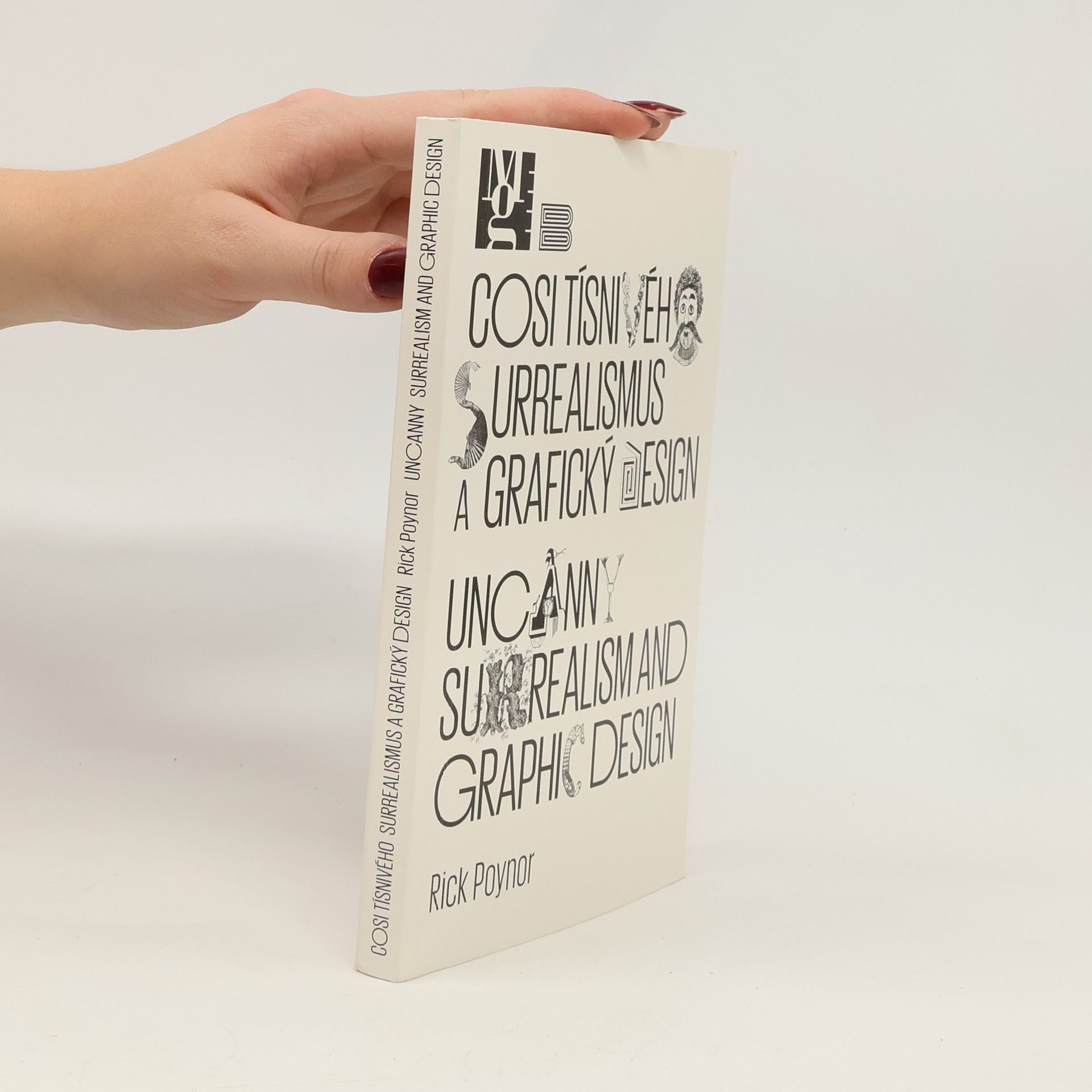Rick Poynor Reihenfolge der Bücher
Rick Poynor ist ein britischer Autor, der sich auf Design, Grafikdesign, Typografie und visuelle Kultur konzentriert. Seine Arbeit befasst sich eingehend mit den kulturellen Auswirkungen visueller Kommunikation und untersucht Themen wie Werbung, Fotografie, Branding und Einzelhandelsdesign. Poynors Bücher decken sowohl Kulturkritik als auch Designgeschichte ab und konzentrieren sich oft auf Schlüsselfiguren und allgemeine Trends im Grafikdesign und in der Typografie. Seine Schriften zeichnen sich durch eine kritische Auseinandersetzung mit dem Postmodernismus und der digitalen Typografie aus.






- 2023
- 2020
David King's career spanned journalism, graphic design, photography, and activism, marked by a profound interest in revolutionary Russia. Starting at the Sunday Times Magazine in the 1960s, he became known for his image-led journalism and amassed a collection of around 250,000 images. King's work included creating impactful anti-Apartheid and anti-Nazi posters, album covers for iconic bands, and catalogues on Russian art. This publication highlights his multifaceted legacy as a visual historian and artist, showcasing his contributions to political and cultural discourse.
- 2016
Oh so pretty
- 511 Seiten
- 18 Lesestunden
A compelling visual portrait of a time, place, and subculture that raised a middle finger to modern society Oh So Pretty: Punk in Print 1976-80 is an unrivalled collection of visually striking ephemera from Britain’s punk subculture. It presents 500 artefacts - 'zines,' gig posters, flyers, and badges - from well-known and obscure musical acts, designers, venues, and related political groups. While punk was first and foremost a music phenomenon, it reflected a DIY spirit and instantly recognizable aesthetic that was as raw and strident and irrepressible as the music. As disposable as the items in this book once were, together they tell a story about music, history, class, and art, and document a seismic shift in society and visual culture.
- 2010
Cosi tísnivého. Surrealismus a grafický design
- 128 Seiten
- 5 Lesestunden
Publikace vyšla u příležitosti 24. bienále grafického designu Brno 2010 , které se konala v Moravské galerii v Brně.
- 2003
No More Rules
- 192 Seiten
- 7 Lesestunden
The last twenty-five years have seen profound changes in the field of graphic communication. One by one, the old certainties about the techniques and pruposesof graphic design have been questioned and torn apart. With the international take-up of the new technology in the 1990s, there was an explosion of creativity in graphic design, as designers and typographers reassessed their role, jettisoned existing rules and forged experimental new approaches. Graphic work became more self-expressive, idiosyncratic and sometimes extreme. No More Rules tells this story in detail, breaking down a broad and sometimes confusing field of graphic design activity into key developments and themes, such as the American new wave; punk and its aftermath; deconstructionist theory and design; the digital type revolution; typography grunge; graphic authorship and graphic agitation; retro and the vernacular; and recent new conceptual approaches to design. Each theme is illustrated by significant examples of work produced between 1980 and 2000 that have changed the way in which designers and their audiences think about graphic communication.
- 2001
Obey the giant
- 224 Seiten
- 8 Lesestunden
In the 21st century, commerce and culture are ever more closely entwined. This collection of essays by design critic Rick Poynor takes a searching look at visual culture to discover the reality beneath the ultra-seductive surfaces. Poynor explores the thinking behind the emerging resistance to commercial rhetoric among designers, and offers critical insights into the changing dialogue between advertising and design. Other essays address the topics of visual journalism; brands as religion; the new solipsism; graphic memes; the pleasures of imperfect design; and the poverty of “cool”. The worldwide dominance of huge corporations is invariably expressed by visual means. This book challenges this mono-culture critically. It offers inspirational evidence of alternative ways of engaging with design, and it will appeal to any reader with a questioning interest in design, advertising, cultural studies, media studies, and the visual arts.
- 1995
- 1993
- 1991
"Guide to the new experimental typography"--Back cover.


